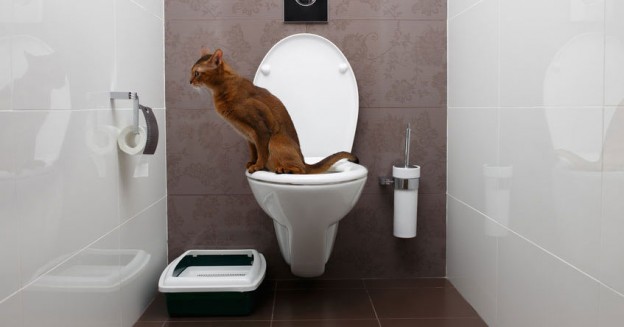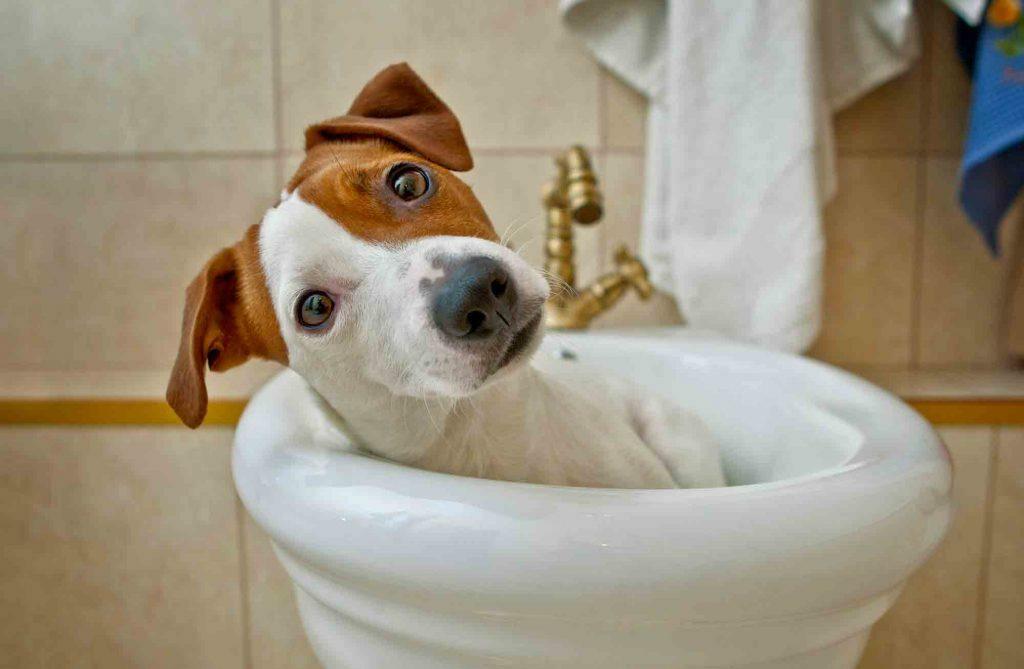My Hazards of Flushing Animal Waste Down the Toilet
My Hazards of Flushing Animal Waste Down the Toilet
Blog Article
Here on the next paragraphs you can discover a bunch of extremely good news related to Don't Flush Your Pets Poo Down The Loo, Vet Warns.

When it comes to disposing of waste, specifically animal waste, lots of people commonly resort to the hassle-free alternative of flushing it down the toilet. Nonetheless, this apparently simple option can have severe repercussions for the environment and public health. In this article, we'll explore why flushing pet waste down the bathroom is a bad concept and offer alternate methods for correct disposal.
Introduction
Appropriate garbage disposal is crucial for keeping ecological sustainability and public health. While it may seem safe to flush animal waste down the commode, it can bring about different concerns, both for the setting and human well-being.
Threats of flushing animal waste
Ecological influence
Flushing animal waste presents dangerous germs and virus into waterways, which can negatively impact aquatic ecosystems. These virus can pollute water sources and injury aquatic life, interfering with delicate environments.
Public health worries
Animal waste consists of damaging germs such as E. coli and Salmonella, which can posture serious health and wellness dangers to people. Flushing animal waste down the toilet can infect water supplies, bring about the spread of conditions and infections.
Alternatives to flushing
As opposed to flushing animal waste down the commode, there are a number of different disposal techniques that are much more environmentally friendly and hygienic.
Composting
Composting pet waste is an environmentally friendly means to deal with it. By composting, raw material is broken down into nutrient-rich soil, which can be utilized to fertilize gardens and plants.
Land fill disposal
Getting rid of animal waste in a landfill is one more choice. While not as eco-friendly as composting, it is a more secure alternative to flushing, as it avoids the contamination of water resources.
Animal waste disposal systems
There are specialized pet garbage disposal systems available that securely and hygienically get rid of pet waste. These systems frequently utilize enzymes to break down waste and get rid of odors.
Actions to appropriate animal waste disposal
To make certain correct disposal of pet waste, adhere to these steps:
Scooping and getting waste
Routinely scoop and bag pet waste making use of eco-friendly bags. This avoids waste from polluting the atmosphere.
Utilizing assigned waste containers
Dispose of bagged animal waste in assigned waste containers, such as compost bins or garbage dump containers. Stay clear of flushing it down the toilet in all prices.
Cleaning can and animal areas routinely
Consistently tidy litter boxes and family pet areas to stop the accumulation of waste and germs. Use pet-safe cleansing products to maintain hygiene.
Benefits of proper disposal techniques
Embracing proper disposal techniques for pet waste uses several advantages:
Decreased environmental pollution
Correct disposal methods minimize the threat of environmental pollution, securing waterways and ecological communities from contamination
Lessened danger of water contamination.
By staying clear of flushing animal waste down the bathroom, the risk of water contamination is dramatically lowered, guarding public health.
Boosted sanitation and health
Correct disposal methods promote better hygiene and hygiene, producing a safer setting for both humans and animals.
Verdict
To conclude, purging animal waste down the commode is harmful to the atmosphere and public health. By adopting alternate disposal approaches and complying with correct waste management techniques, we can reduce the unfavorable influence of animal waste and contribute to a cleaner, healthier earth.
What To Do With Dog Poo – The Do's And Don'ts Of Disposing Of Faeces
Dog poo bins
Some councils provide dedicated dog waste bins in popular dog-walking areas that can take dog poo that has been bagged but you can legally dispose of dog waste in any public litter bin, as long as it is securely bagged. This also applies to your wheelie bin at home.
Do not flush
Water companies do not recommend flushing dog faeces down the toilet because certain parasites can survive the water processing treatment and are potentially harmful to humans. You should also never consider flushing dog poo that has been bagged down the toilet as the bags will not break down and instead create severe blockages in the sewage system.
In the woods
The Forestry Commission promotes a ‘stick and flick’ method for dealing with waste in the woods. This means finding a stick and using it to flick any poo from off the path so that it is out of the way of other walkers. You could also bury it as long as it is not in an area where there might be livestock.
Livestock
Parasites found in dog poo can be transmitted to livestock if they inadvertently eat infected faeces that has been left on grazing land. This could result in the death of sheep or abortion in cattle so you should always make sure you pick up your dog’s waste in fields where livestock could be present.

Consistently tidy litter boxes and family pet areas to stop the accumulation of waste and germs. Use pet-safe cleansing products to maintain hygiene.
Benefits of proper disposal techniques
Embracing proper disposal techniques for pet waste uses several advantages:
Decreased environmental pollution
Correct disposal methods minimize the threat of environmental pollution, securing waterways and ecological communities from contamination
Lessened danger of water contamination.
By staying clear of flushing animal waste down the bathroom, the risk of water contamination is dramatically lowered, guarding public health.
Boosted sanitation and health
Correct disposal methods promote better hygiene and hygiene, producing a safer setting for both humans and animals.
Verdict
To conclude, purging animal waste down the commode is harmful to the atmosphere and public health. By adopting alternate disposal approaches and complying with correct waste management techniques, we can reduce the unfavorable influence of animal waste and contribute to a cleaner, healthier earth.
What To Do With Dog Poo – The Do's And Don'ts Of Disposing Of Faeces
Dog poo bins
Some councils provide dedicated dog waste bins in popular dog-walking areas that can take dog poo that has been bagged but you can legally dispose of dog waste in any public litter bin, as long as it is securely bagged. This also applies to your wheelie bin at home.
Do not flush
Water companies do not recommend flushing dog faeces down the toilet because certain parasites can survive the water processing treatment and are potentially harmful to humans. You should also never consider flushing dog poo that has been bagged down the toilet as the bags will not break down and instead create severe blockages in the sewage system.
In the woods
The Forestry Commission promotes a ‘stick and flick’ method for dealing with waste in the woods. This means finding a stick and using it to flick any poo from off the path so that it is out of the way of other walkers. You could also bury it as long as it is not in an area where there might be livestock.
Livestock
Parasites found in dog poo can be transmitted to livestock if they inadvertently eat infected faeces that has been left on grazing land. This could result in the death of sheep or abortion in cattle so you should always make sure you pick up your dog’s waste in fields where livestock could be present.

I have been very enthusiastic about Why you should never flush dog poop down the toilet and I am assuming you liked the new entry. I beg you take the opportunity to promote this write-up if you liked it. I am grateful for your time. Don't forget to check up our site back soon.
Booking Page Report this page